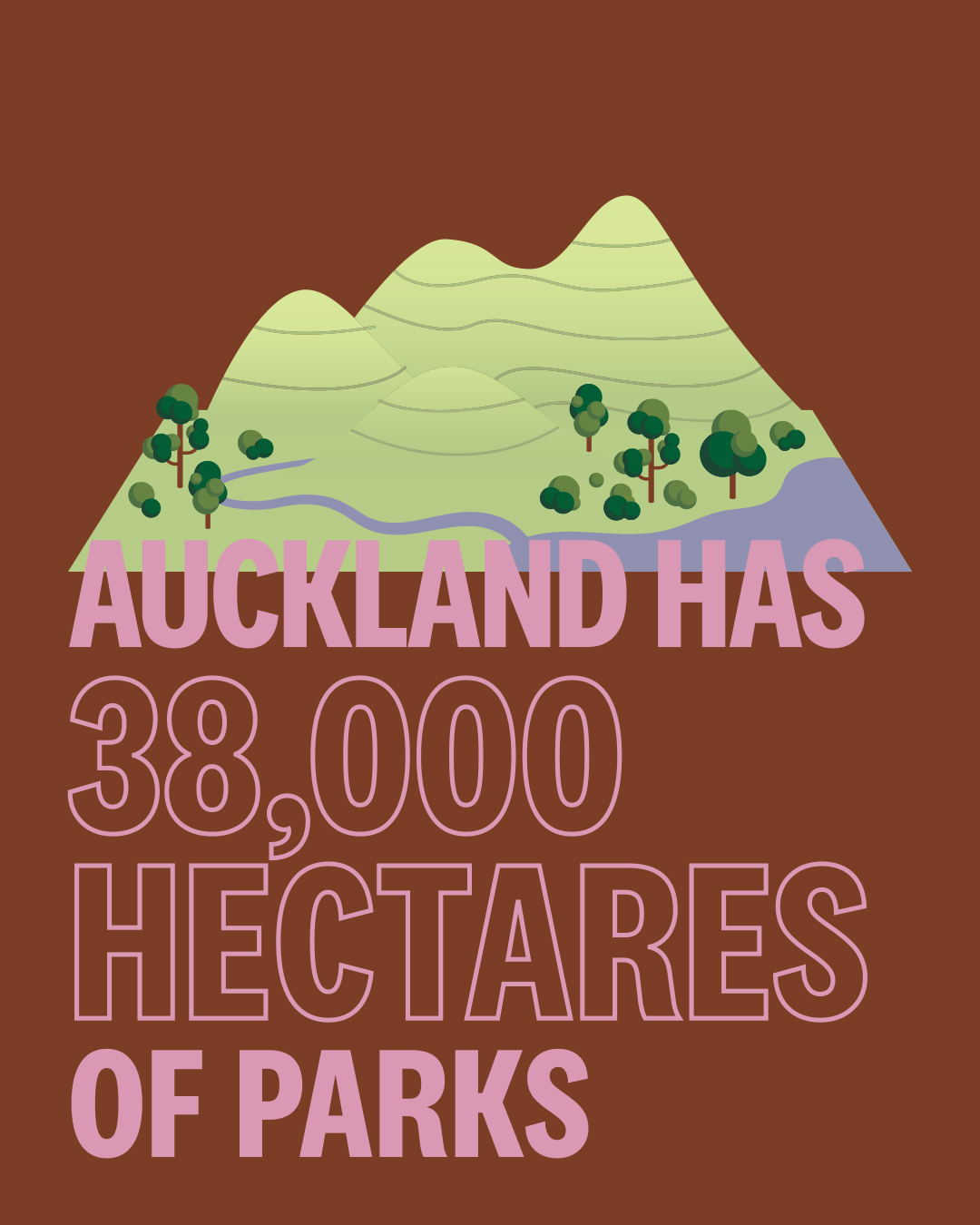Taiao hanga
Built Environment
How and where Auckland grows and how our built environment functions has a significant influence on our climate goals.
The built environment includes the buildings where we live, work and learn, the infrastructure that enables the region to function, and the urban spaces that shape our city.
By taking an integrated approach to land-use and infrastructure planning, our region can grow well to become a low carbon and resilient city that supports the needs of current and future Aucklanders.

TE Ū O TĀ MĀTOU WHAI
OUR COMMITMENT
Auckland Council is enabling and promoting a resilient and future-proofed built environment, including:
-
A quality compact city approach (set out in the Auckland Plan) to focus most of Auckland’s growth in existing urban areas to minimise urban expansion
-
Land zoning to enable greater intensification of homes around rapid transit stops to provide transport options and walkable neighbourhoods
-
Public spaces that support a low carbon, climate resilient Auckland and optimise multi-functional benefits.
-
An infrastructure strategy that identifies climate change as a key issue for how we invest and grow, and tools for changing the way we invest in infrastructure over time.
-
Developing and supporting initiatives to minimise construction and demolition waste.
Did you know?
Auckland Council is committed to the sustainable design, construction, operation and fit-out of community facilities
Did you know?
A zero emissions area in Waihorotiu /Queen Street Valley will reduce the impact of harmful transport emissions in the city centre.
Making room for growth
Auckland’s planning rules will soon allow greater intensification in areas with good public transport access and jobs - giving Aucklanders more choices to live near the everyday things they need.
Apartments and townhouses built close to public transport are the smartest solution for Auckland’s housing needs, providing better travel options so fewer people have to travel by car.
TE WĀHI KI A KOE
PLAYING YOUR PART
-
Report pollution from development using our hotline.
-
Welcome the benefits of intensification in your neighbourhood and recognise the role it plays in preventing further urban expansion
-
Incorporate sustainable design features when you’re building or renovating your home – the Auckland Design Manual has guides and advice
-
Take a HomeFit assessment and use the NZ Green Building Council guides to improve the warmth and dryness of your home.
-
Participate in Auckland Council consultations about your community’s development and plans for new active and public transport
It’s been a privilege to partner with Auckland Council on the City Library green roof that will help combat climate change.
Gavin Riddle, CEO - Natural Habitats
Ngā whāinga mātāmua e waru
The eight priority areas
Natural environment - Taiao māori
Restoring and replenishing the mauri (life essence) of Tāmaki Makaurau.
Te Puāwaitanga ō te Tātai
Ensuring Māori communities are resilient, self-sustaining and prosperous.
Communities and Coast - Ngā hapori me te tahatai
Preparing our people for our changing climate and coastline in an equitable way.
Energy and Industry - Te ngao me te ahumahi
Creating a clean energy system that supports low-carbon lifestyles.